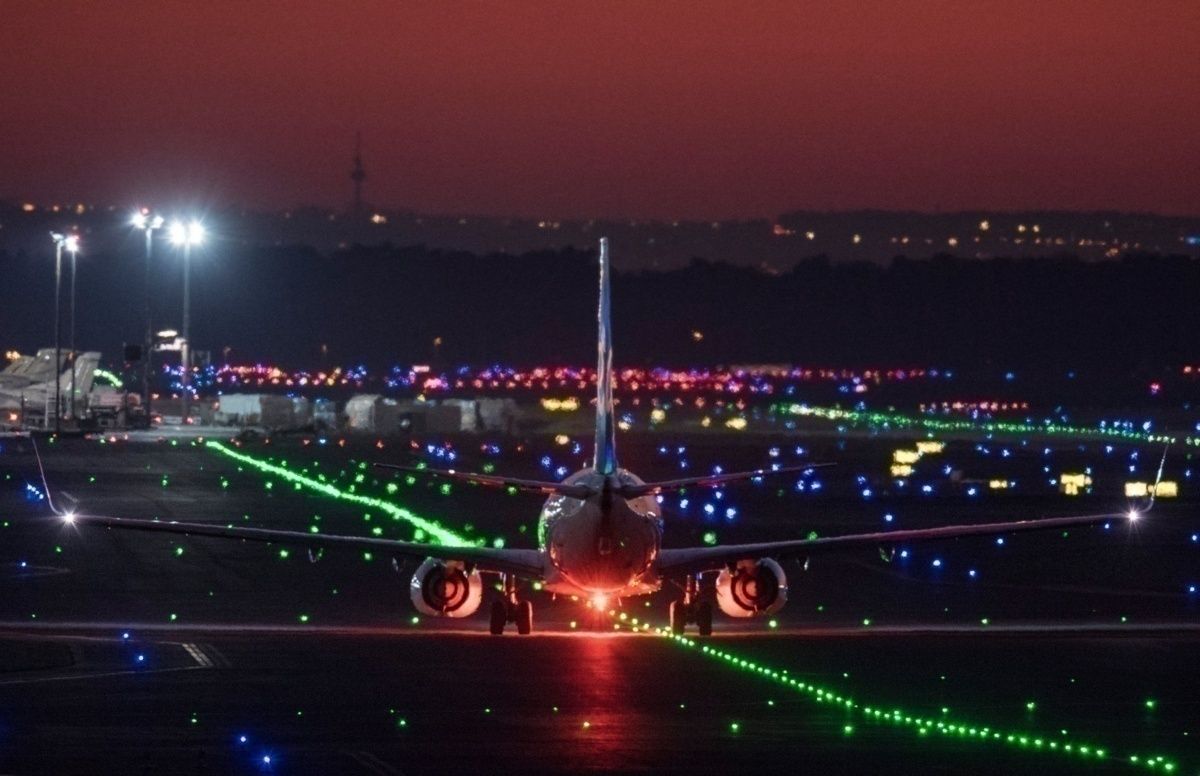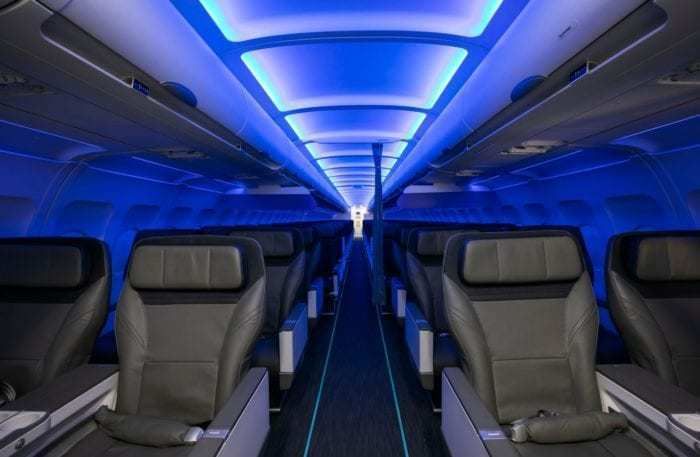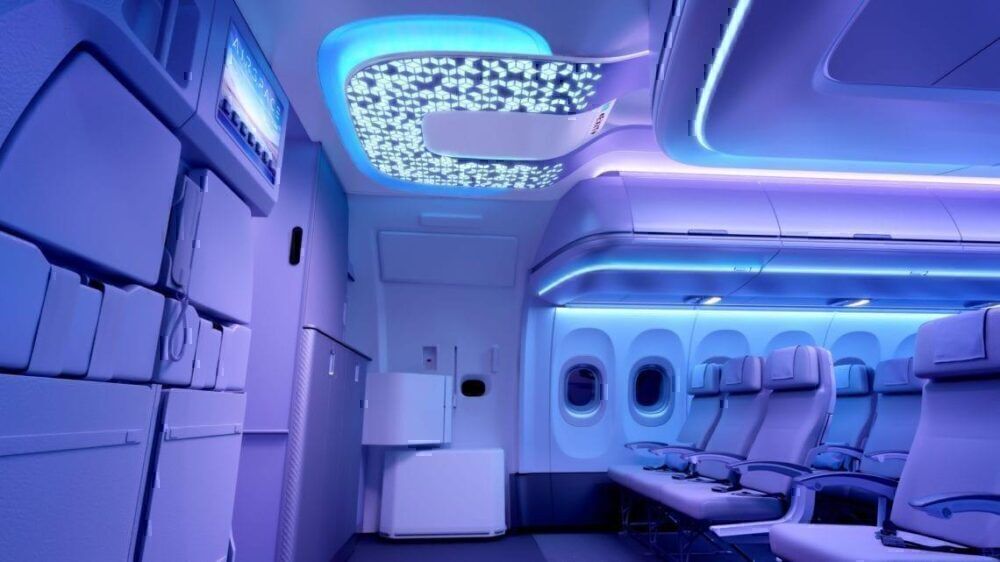Most frequent flyers know the takeoff and landing routines by heart. We are all used to putting our tray tables up, adjusting our seat position, and fastening our seatbelts. Some passengers can probably recite the safety videos in their sleep. These things are pretty self-explanatory when it comes to personal safety. However, a less obvious safety procedure is the dimming of lights in the cabin. We’ve broken down the reason why lighting onboard is so essential and covered everything you need to know about the future of cabin lighting.
How lighting keeps you safe
The dimming of the cabin lights signals that the aircraft is about to take off or start its final descent. The main reason why this happens isn’t to amp up your excitement; it’s to ensure your safety.
Our eyes take several minutes to adjust to a change in lighting properly. Some people may need as many as 30 minutes to see clearly in the dark. In an emergency, this time could mean the difference between life and death. If your eyes have already adjusted, then you can react quicker during a power outage or emergency. Additionally, dimmer cabin light means emergency markings are more visible.
As the majority of accidents take place during the takeoff and landing maneuvers, it’s safer to dim the lights and ensure passengers are fully prepared to take emergency action. This is also why window blinds must be raised. This means that our eyes can adjust to the natural light outside, whether it’s day or night, and we are ready for any situation should we need to exit the aircraft quickly.
16 million lighting colors
Of course, dimming the cabin lights on overnight flights during the cruising period is simply to help passengers sleep and adjust their body clocks. Now, modern technology has taken this even further. Some new generation aircraft feature additional lighting options, which actually help minimize jetlag.
Qatar Airways is operating a new Airbus A350-1000 between London and Doha, which has a modern, sophisticated lighting system. The LED ambient lighting has 16.7 million color combinations.
This array of colors can be used to minim the sun rising and setting, which affects passengers’ circadian rhythms and helps minimize jetlag. It can also be set to specific moods to keep passengers awake or help them feel tired before the lights are fully dimmed for sleeping.
Other types of lighting
It isn’t just overall cabin lighting, which is crucial to passengers’ experiences. The overhead reading lights are also carefully designed to maximize visibility while minimizing light spillage for a neighbor who may be trying to sleep. Softer, warmer lighting is less likely to keep other passengers awake. However, it makes reading more difficult, so a balance between harsh, white light and soft, yellow light is crucial.
So, the next time the lights go down for landing, you know why and how it helps keep you safe. You can also notice the different types of light are used for the main cabin, reading lamps, and emergency lighting. Different airlines also use different shades of illumination on their aircraft to reinforce their image. With the new ambient lighting systems proving a success, perhaps we will see more innovations which will help make flying even more enjoyable.




